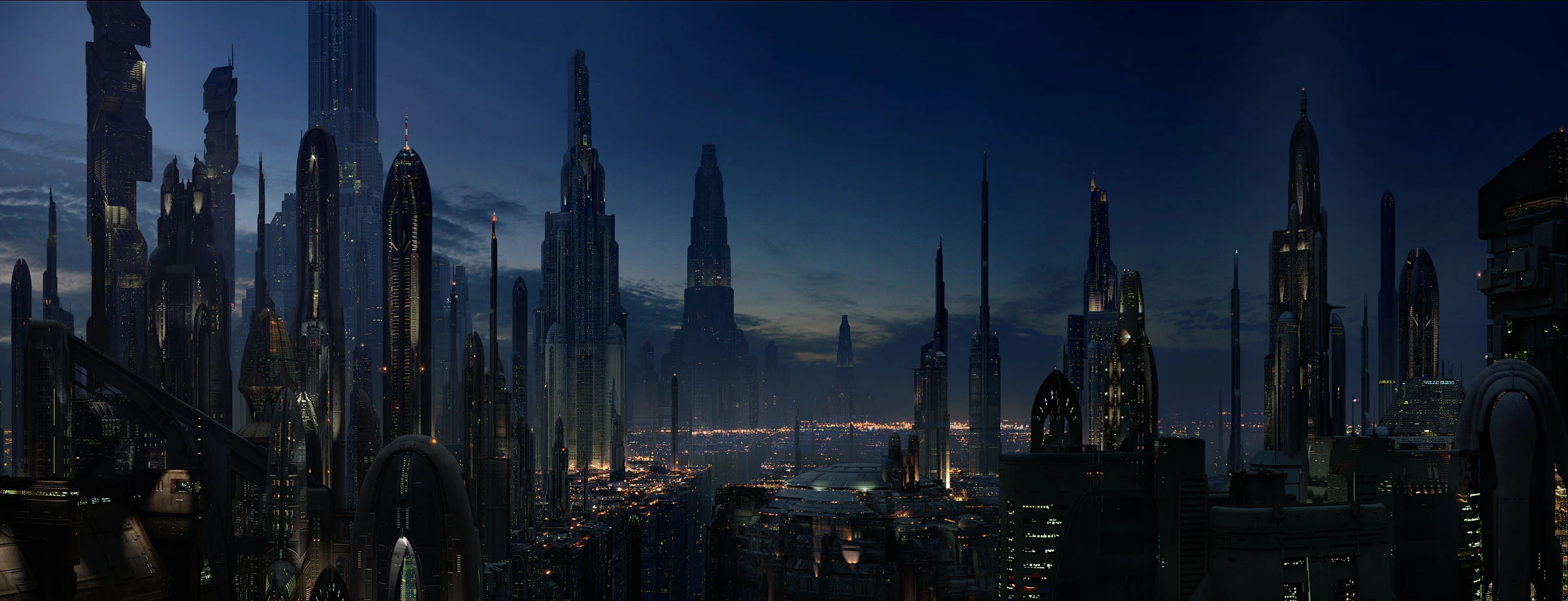As an engineer I totally love Start
Trek, from Enterprise to Warp Drives to inspiring technologies such
as cell phones and tablets. But certain technologies in the
sci-fi-verse will never fracking be. One of them is the famed
transporter of Star Trek.
Basically, there are 2 ways to
teleport, one is by quantum entanglement, which is when 2 or more
particles are in superposition, then they can be separated and any
change in one will instantaneously happen on the other. We’ll save
a discussion on this later. The other, is by converting matter to
energy a la Einstein and modulating that energy to a data stream,
then beaming that data down, to say, a habitable planet at which the
data/energy stream is then converted back to matter where a hopeless
red shirt suddenly appears.
At first glance, I always thought the
two transporter ideas were theoretically possible, but after further
scrutiny I realized there is no fracking way the latter could ever be
achieved. Why? For us engineers , if we dig deep to the remote
recesses of our ape brains, pass the depleted neurons due to binge
drinking and sleep deprivation (from cramming for a test the night
before) we remember that little thingy called the Shannon Limit! Oh
yeah!
The Shannon Theorem essentially states
there is a theoretical maximum data rate of a communication channel
and quantitatively it looks like this:
data rate = B*log2(1+SNR).
What this means is that we can only
beam down so much data per unit of time. There are other factors that
affect data rate such as channel encoding, compression, modulation
type, etc., but for simplicity we’ll ignore these for now.
So, assume we want to beam down to a
habitable planet in this manner. We would be limited to the
microwave, terahertz and certain atmospheric windows of far-infrared
radiation of the electromagnetic spectrum because visible light and
radiation above UV would be blocked if not at least severely
attenuated, to use the engineering vernacular, by the atmosphere,
fog, dust, smoke, clouds, etc. We can expect our transporter to work
in various weather conditions.
Microwaves can
pass through all of these, even buildings, so we can have the option
to beam down our most revered tribbles to our grandmother’s
kitchen. As a result, we are limited to frequencies below roughly
100 Terahertz or so (3 um in wavelength). Anything above would be in
the near-infrared and or visible range and would be blocked by walls,
etc. therefore rendering our beaming ability into buildings useless.
If we include the microwave and terahertz wave bands, essentially we
are limited to roughly 101 terahertz of bandwidth to beam all the
info of a human body for reassembly on the planet surface. Bandwidth
is the B in our equation above.
Now, how much data would it take to
convert the human body into bits? Well, good question! I think we
would have to know about the body on the molecular level to convert
the body from matter to energy and then back again, at least to me
that makes sense. From here on, I’m guesstimating but bear with me
the exercise bears fruit.
Assume it would be possible to encode
every molecule in a human body to its own 256 bit sequence. This
sequence would tell the necessary info of the molecule such as
chirality, location, composition, etc. and all the necessary info to
reassemble the energy back into a human body. So, how much data are
we talking about then? It comes out to be the # of molecules in your
body multiplied by 256 bits. That’s a hell of a lot of data
roughly, 256 * 10^25 bits or 64 yottabytes or 64 billion terabytes.
The actual numbers aren’t important, what is, is that it will take
a massive amount of data to convert the entire human body into a data
stream for the teleporter to transport!
Now, assume our teleporter system is
really powerful so we can transmit with a received SNR of 30 dB. Our
equation now comes to:
Data rate = 101 * 10^12 *
log2(1001) =~ 1010 terabytes per second
Due to the Shannon limit, and from the
fact we want to beam through various atmospheres and into buildings
our teleporter is limited to transporting ~1000 Tb per second. We
now see the issue here. It would take an incredible long time to
beam our 64 billion terabytes of data through a teleporter limited to
somewhere around 1000 terabytes per second. Roughly around 2 years!!
I don’t think the crew of Star Trek would want to wait that long!
It would be far better just to take a shuttle down to the planet
surface.
Now we roughed over a lot of the
details but I feel the points have been strongly made even if we
fudged around with the numbers. The basic points are that it will
take an incredible amount of data to encode the entire human body
onto a data stream. And second, we are bandwidth limited due to the
physical restraints of what we are trying to accomplish. That is,
beam through atmospheres and into buildings for instance. A
teleporter of this type might be more practical for beaming from ship
to ship in space, and not have to worry about atmospheric attenuation
or beaming into a building, therefore greatly increasing the
available bandwidth. And possibly reducing the teleportation time.
So for now, we are dependent on some sort of quantum mechanical way
of teleportation.




























